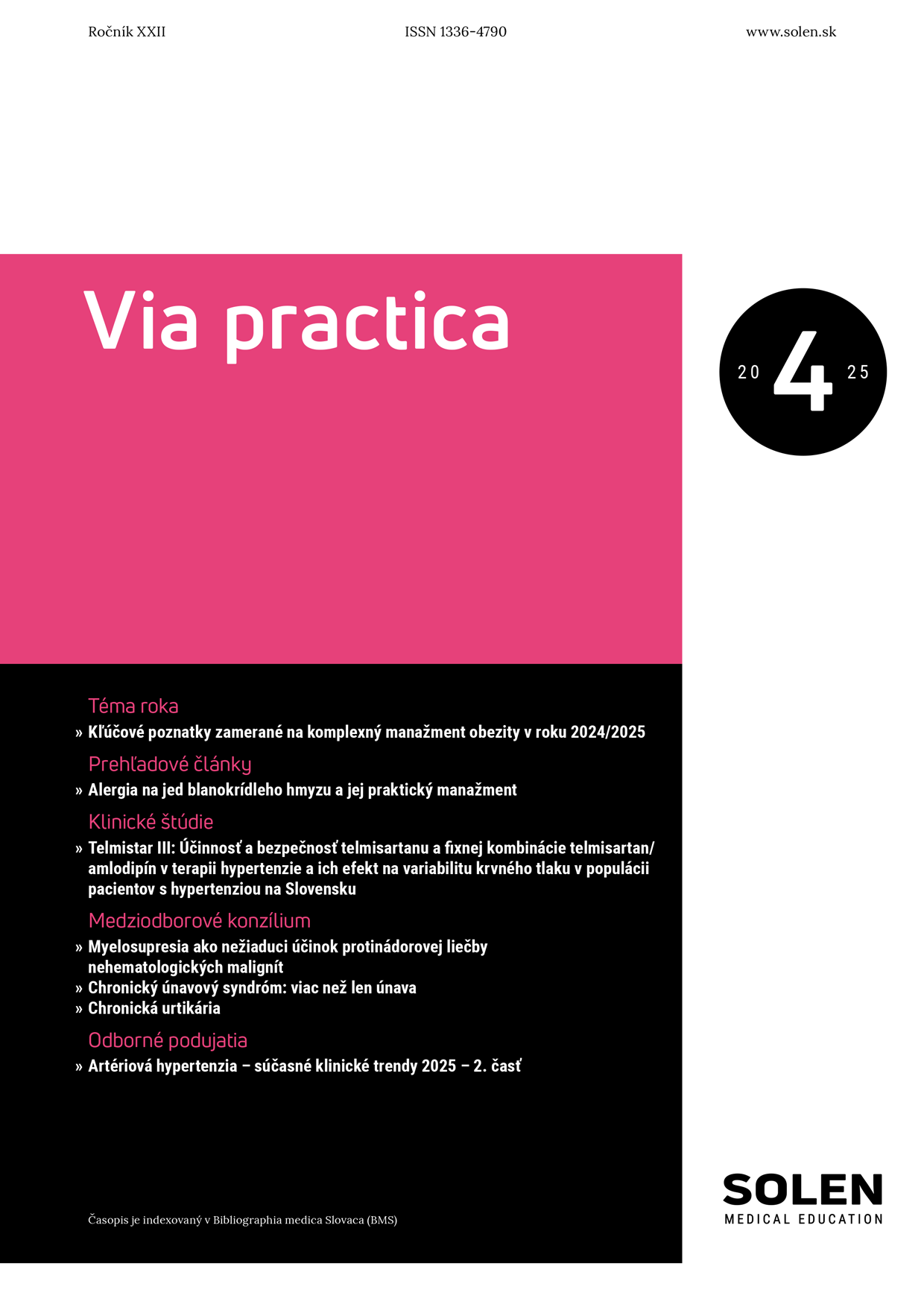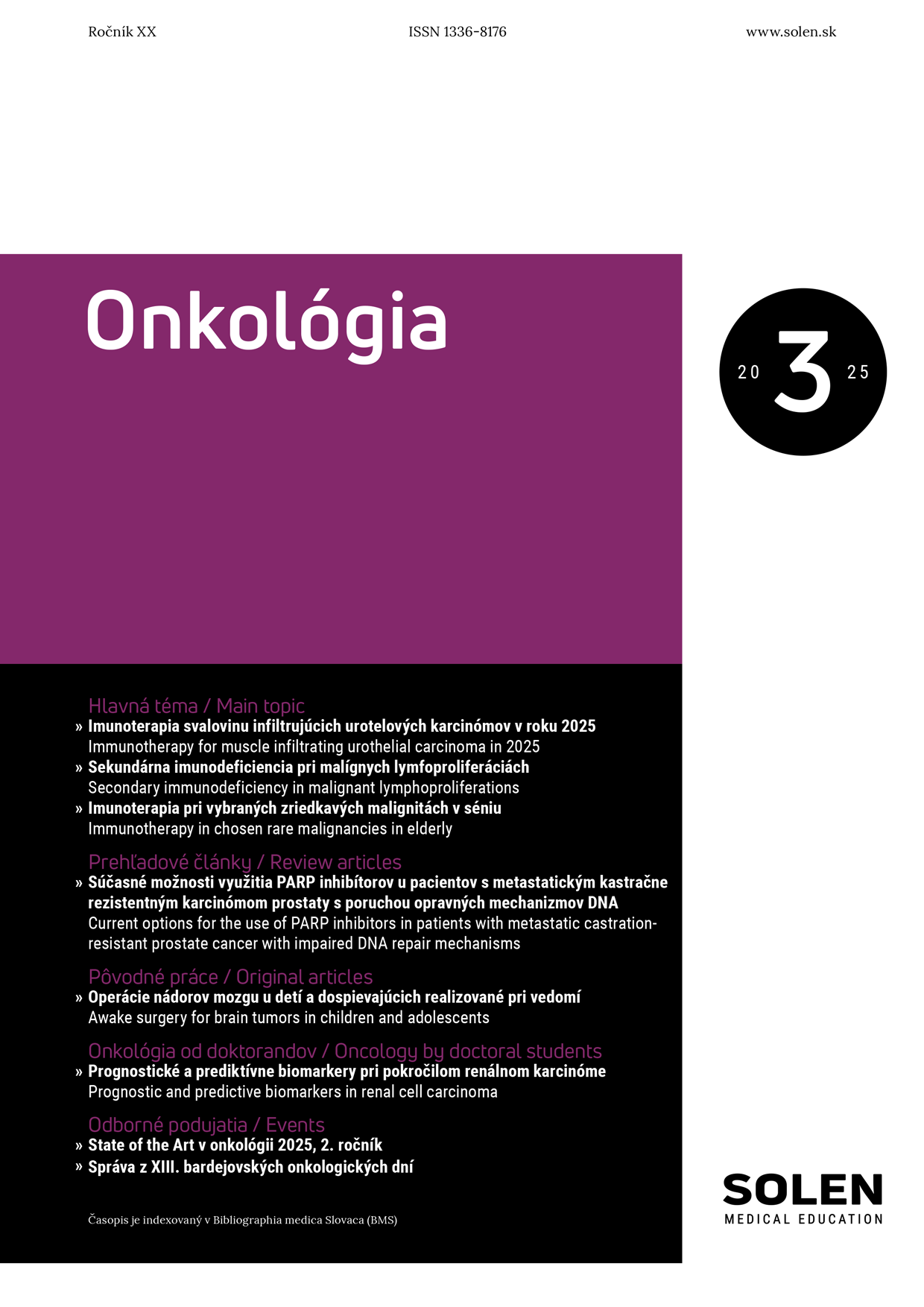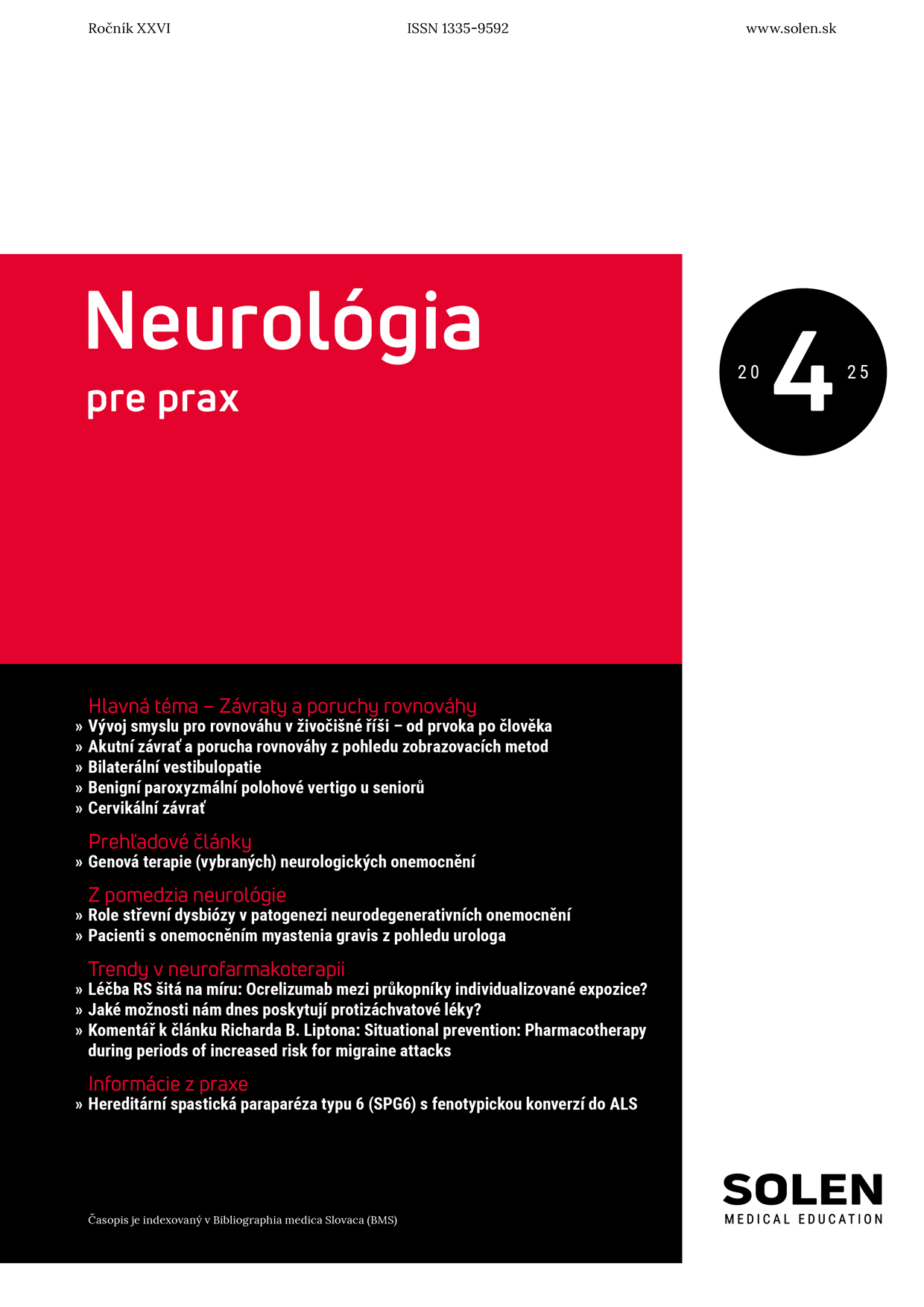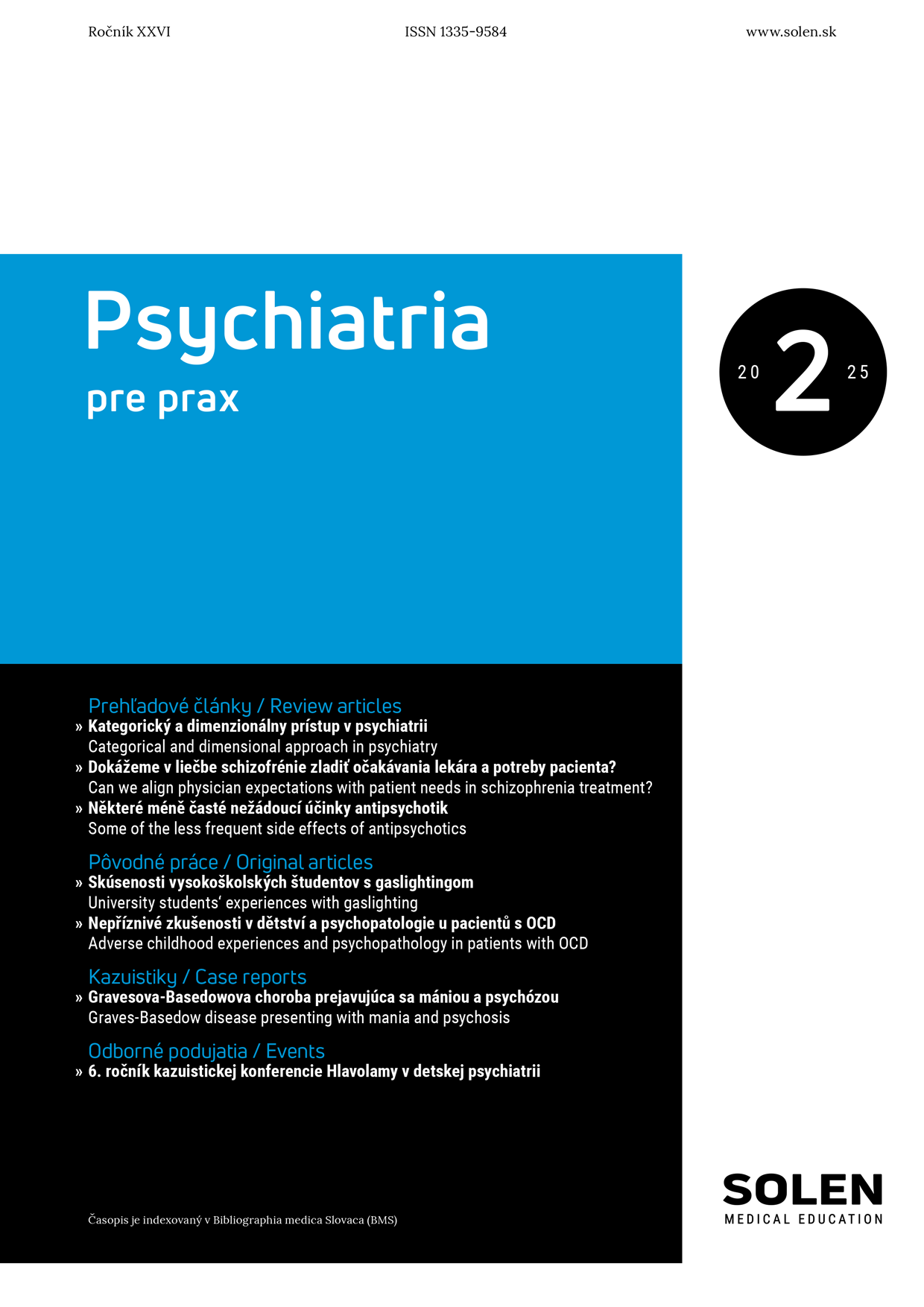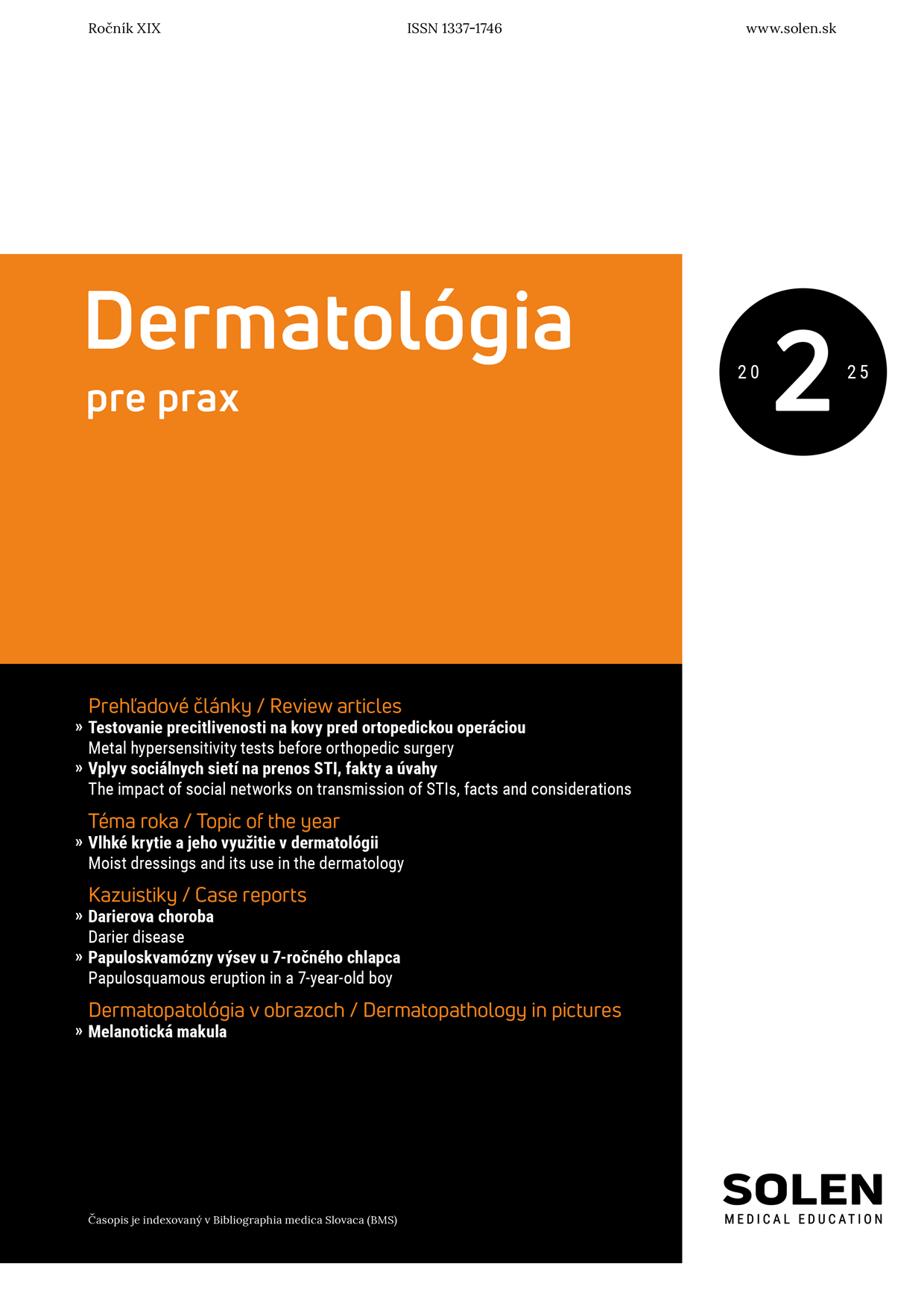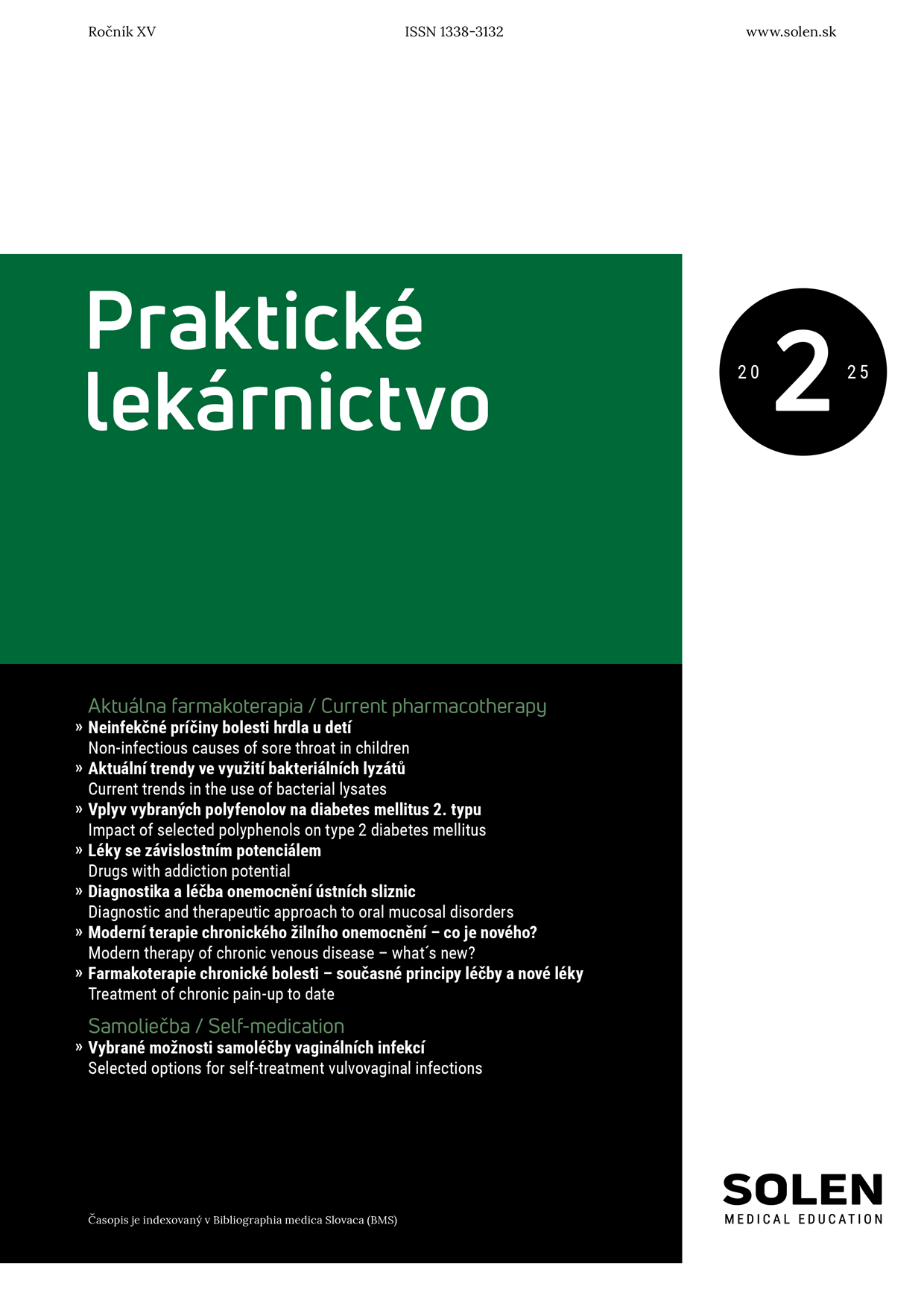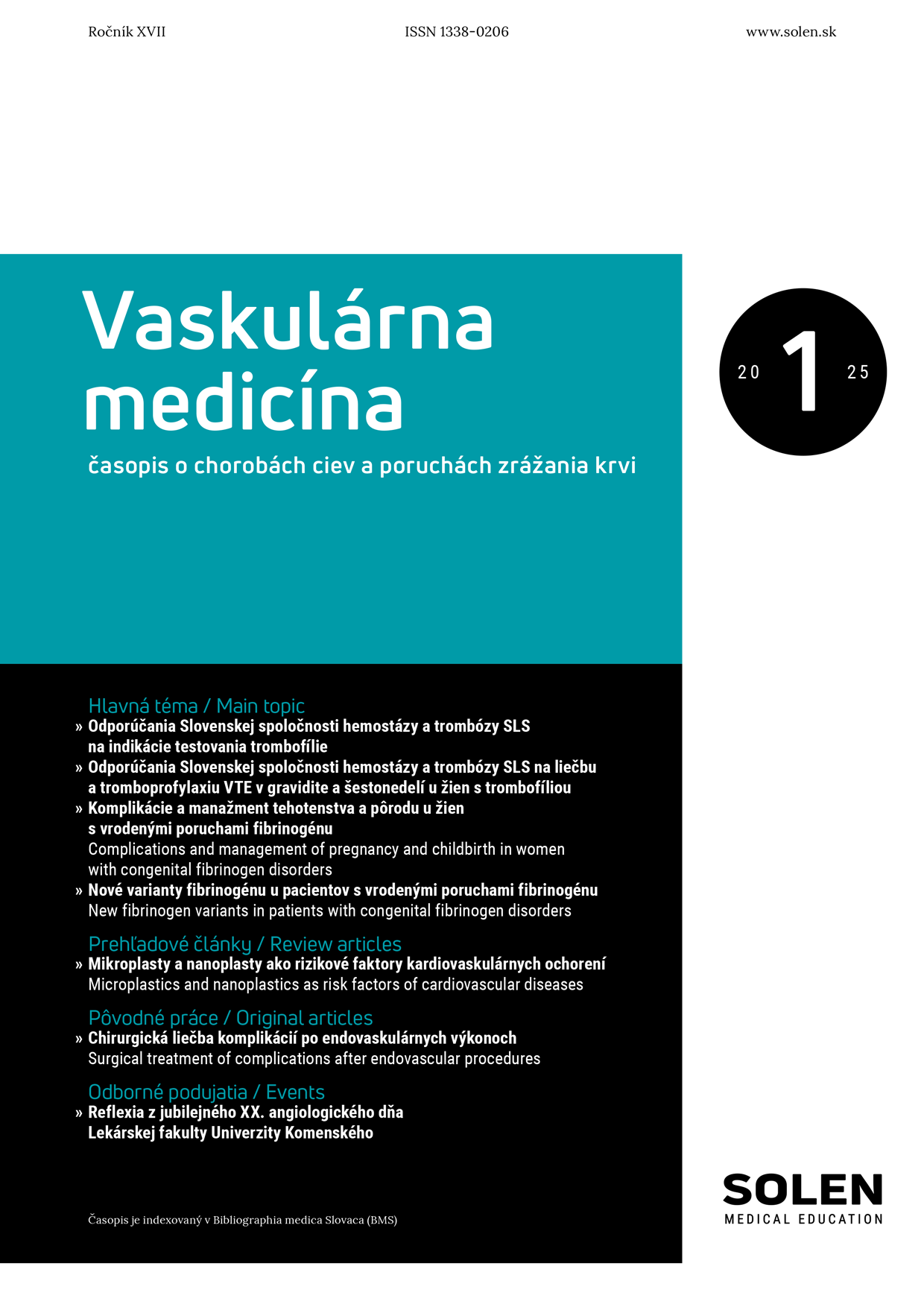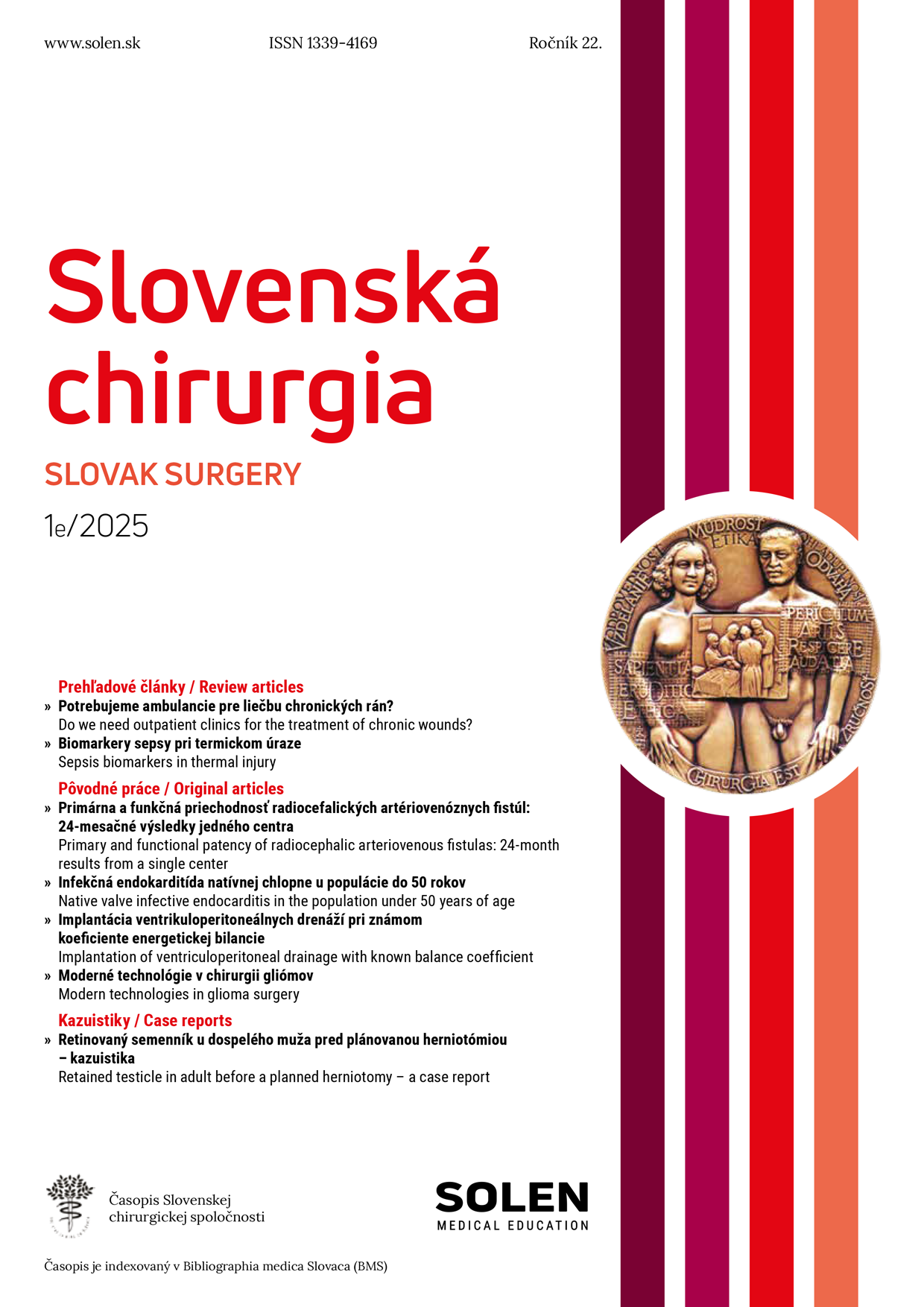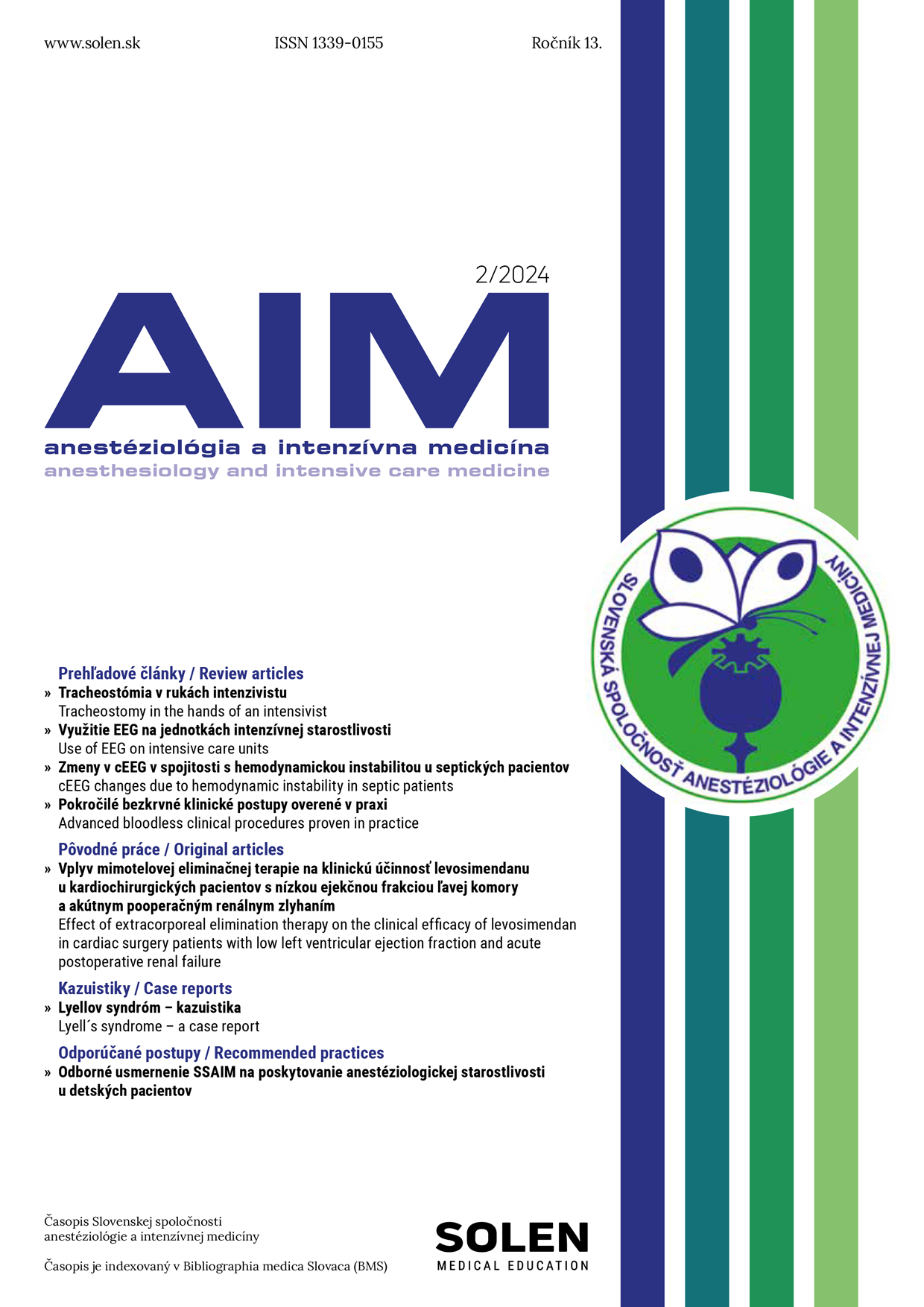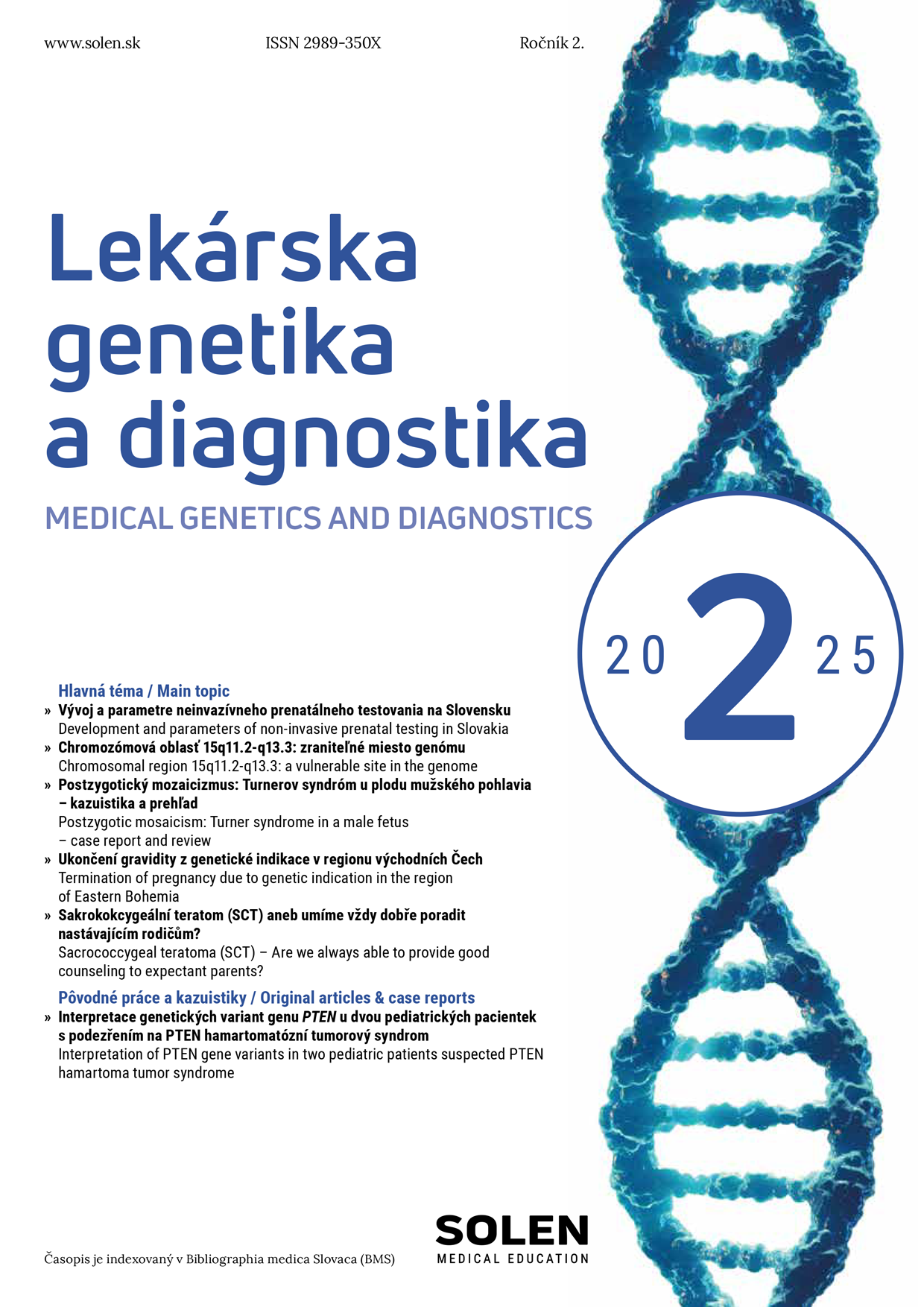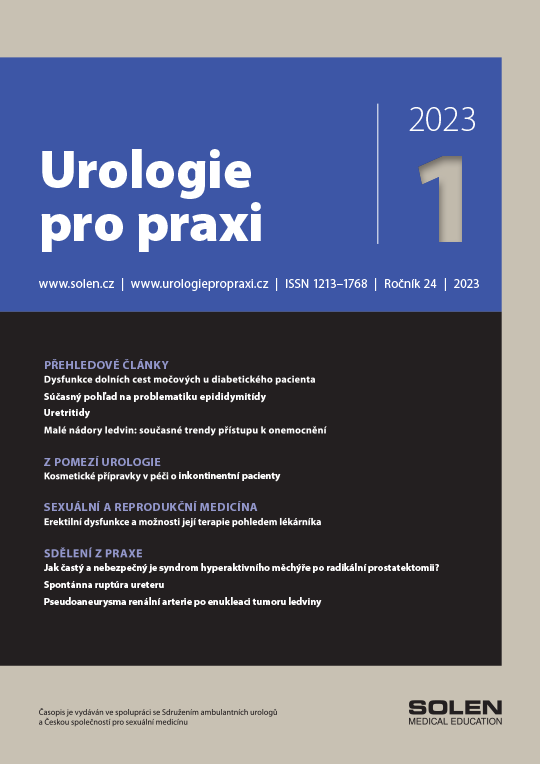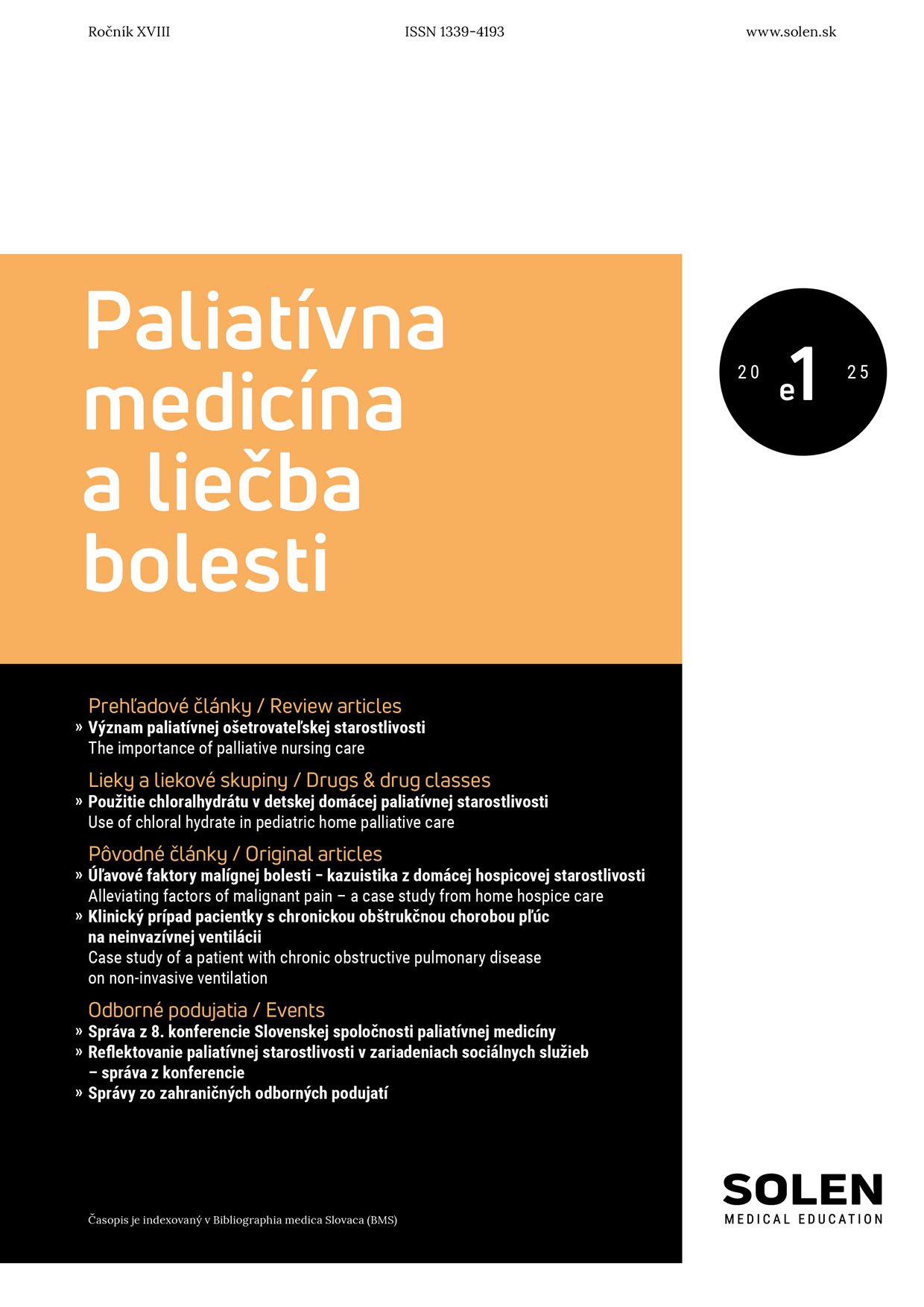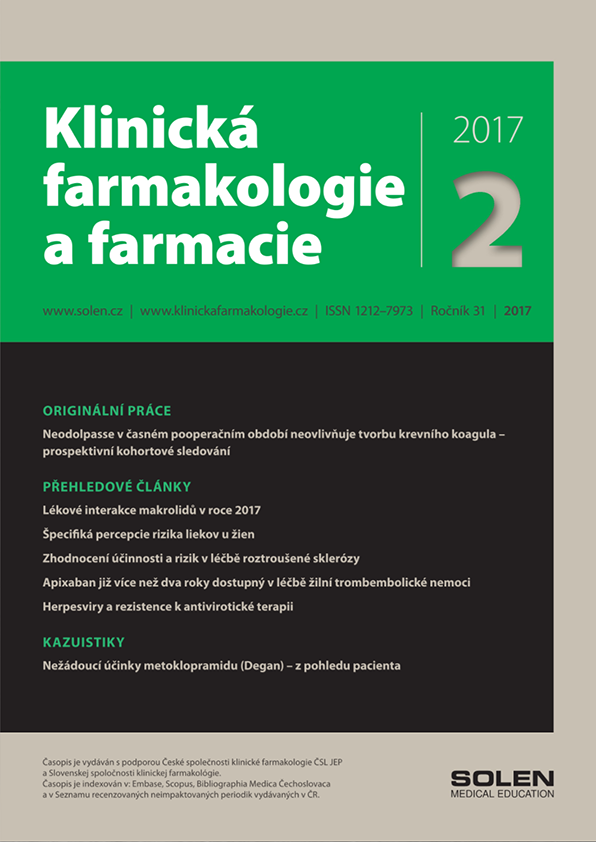Via practica 2/2025
Primary hyperparathyroidism – gamma probe surgery
Endocrinopathies such as hyperparathyroidism (HPT) affect millions of individuals worldwide, with a higher prevalence among women. Hyperparathyroidism is characterized by excessive secretion of parathyroid hormone (PTH), leading to elevated serum calcium levels (hypercalcemia) and a variety of associated health complications. There are three recognized types: primary, secondary, and tertiary hyperparathyroidism. Primary hyperparathyroidism is the most common form, predominantly affecting women between the ages of 40 and 60, particularly during the perimenopausal and menopausal periods. The etiology typically includes parathyroid adenomas, glandular hyperplasia, or, less commonly, parathyroid carcinomas. Diagnosis is based on elevated serum calcium and PTH levels in conjunction with imaging modalities. The choice of treatment depends on disease severity and may involve surgical resection of the affected parathyroid glands (parathyroidectomy). During surgery, a gamma probe is often employed to accurately localize hyperfunctioning glands.
Keywords: hyperparathyroidism, parathyroid hormone, hypercalcemia, adenoma, parathyroidectomy, gamma probe



